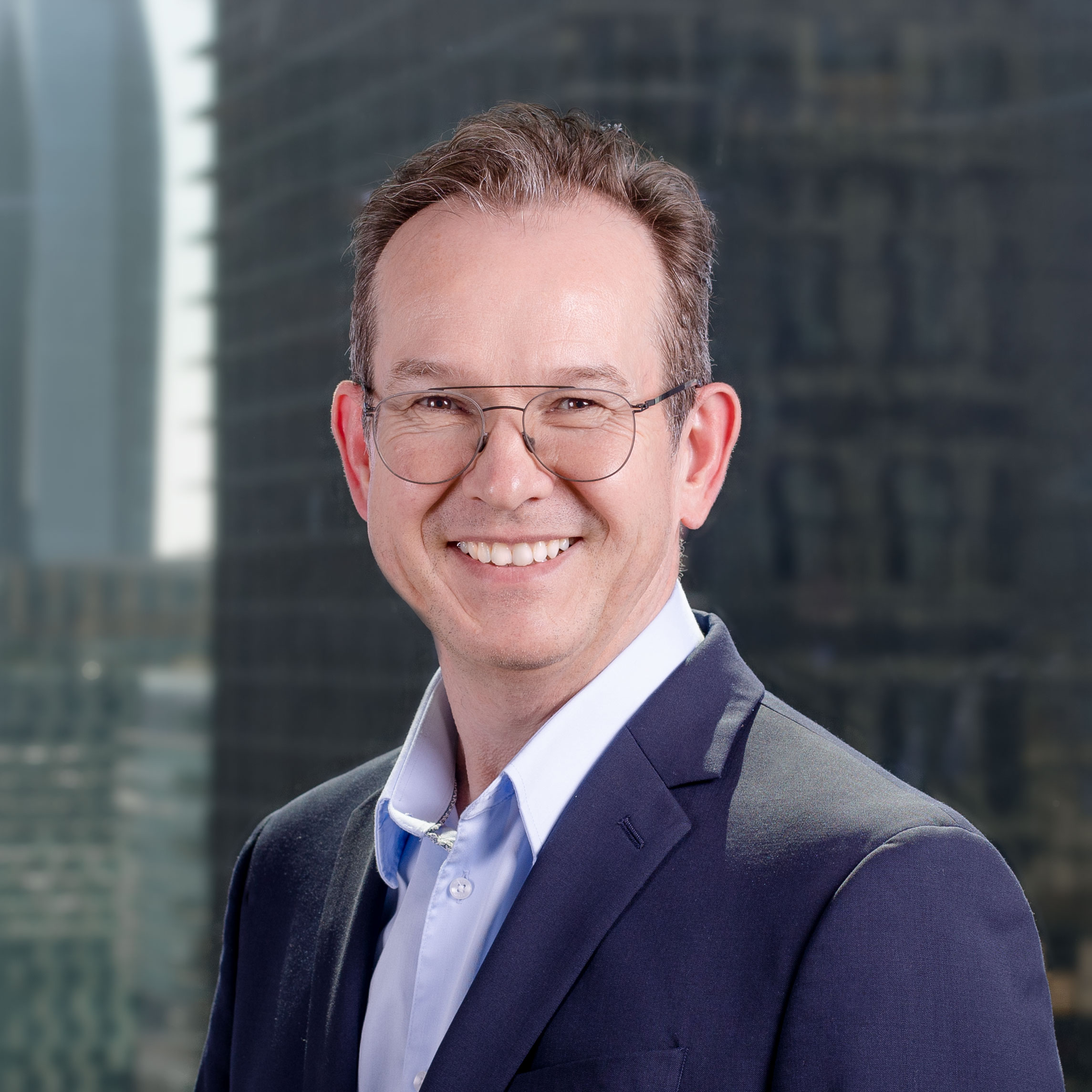Op-ed: Refining climate solutions through a people-first approach
Nothing has taught me more in my career as a climate expert and consultant than the conversations that I have had with the people of Kiribati—a low-lying Pacific Island that faces existential threats from sea level rise—or those that I have had with a gentleman in North Wales when his home flooded after a protective sea wall broke. Learning from the human aspect of these projects I’ve been hired to consult on is challenging, but it has taught me that no matter how daunting the challenge, there is always a way forward.
As the most direct and pressing threat to humanity, climate change is first and foremost a human issue. In order to develop and deliver meaningful and effective climate solutions, our process needs to address the threat of a changing climate through a people-first approach, with an understanding of what climate change means to the people most directly affected by it.
Around the world, people are feeling the impact of rising global temperatures and sea levels, resource depletion, extreme weather events, and more. This is no small challenge we’re up against. The latest Intergovernmental Panel on Climate Change (IPCC) report on climate change warns that unless we drastically slash emissions, our threshold to limit global warming to 1.5 degrees Celsius will close by the end of this decade.
Still, focusing on targets and metrics alone won’t get us there. Alongside its physical toll, climate change also presents a massive equity issue. The nations responsible for emitting the most harmful greenhouse gasses are often not the ones feeling the most intense and life-threatening effects. Approaching these threats at a global scale has proven incredibly difficult between political and financial interests, and wealthy nations’ dependence on fossil fuels.
As a trained scientist, I’ve learned that science and technical knowledge can only get you so far. We must keep the human experience central to all the work that is to come.
The questions that climate change presents through the lens of the human experience are numerous and extremely heavy: What can we do? What does this mean for my life? What does this mean for where I live? For my family? Climate change adaptation strategies like engineering crops to withstand changing seasonal patterns or investing in carbon capture and other technologies are great steps forward, yet can sometimes lack a framework focused on supporting communities’ livelihoods equitably and with compassion.
While science and technical knowledge have produced incredible tools to combat and protect our communities from some of the most devastating effects of climate change, adapting these knowledge bases to approach climate issues with a human-centered lens is crucial.

To make sense of a challenge of this scale and to enable real action, we need a pathway of change. There’s technical expertise that is needed to create that pathway, but the key is collaboration—again, to approach this as a human challenge and to tackle it without ego. To bring all the best voices to the table and to work with them to find shared solutions to the challenge in front of us. To elevate the stories of folks who are fighting the battle with climate change on the front line. To co-design equitable, resilient decarbonized buildings and spaces.
In practice, this looks like keeping New York City Housing Authority residents at the center of efforts to reduce emissions by 80 percent by 2050 and ensure efficient building operations and resource management. Developing a resident impact indicator that measures resident quality of life through factors including improved safety, climate protection, and healthy living environments and creating opportunities for residents to gain skills and employment in cutting-edge green industries ensures this sustainability agenda serves residents. Or harnessing local resident engagement to transform an underused alleyway in a low-income neighborhood into a thriving community space that introduces nature into the city, reduces the heat island effect, and manages stormwater in the face of increasingly frequent and intense storms.
Technology and design have the potential to deliver solutions that can upend business as usual and support the transition to a carbon-neutral future. Through accelerating the transition to clean energy, adopting net-zero transport systems, and building resilient, low-carbon cities, we can realize a greener, healthier future for our planet—and keeping people at the center of these solutions is paramount.
Robert Kay is Arup’s Americas Climate and Sustainability Services Leader.


